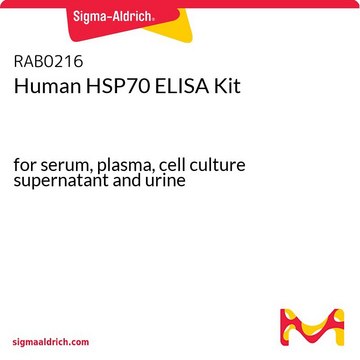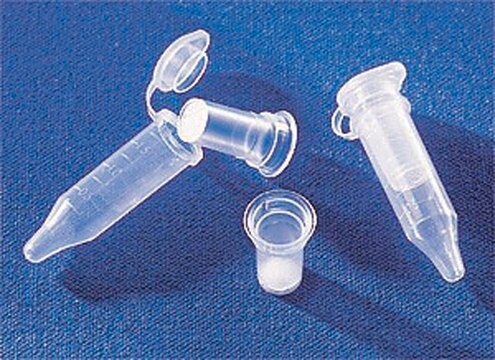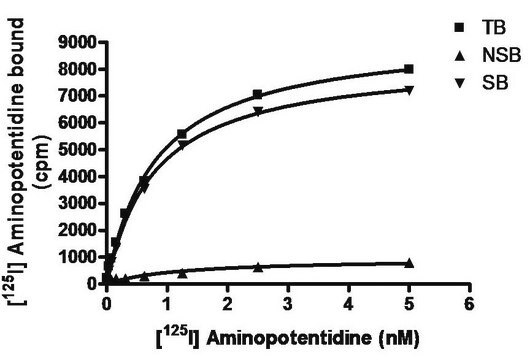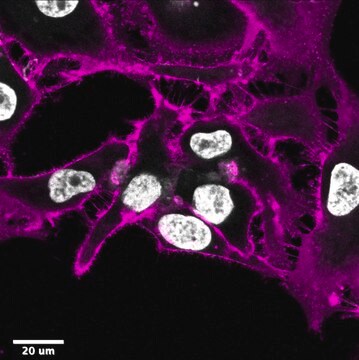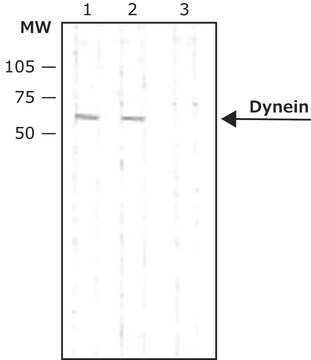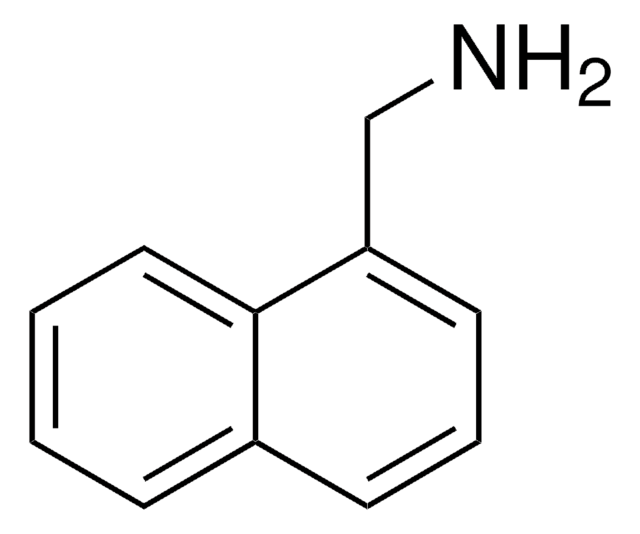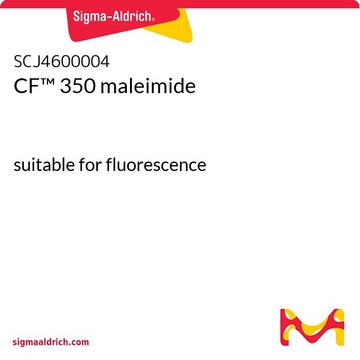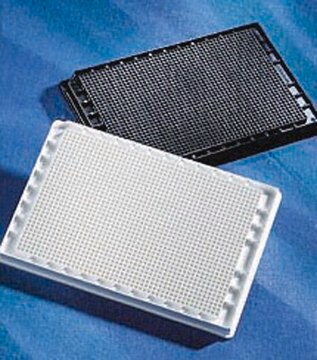ABS2118M
Anti-phospho RasGRP2 (Ser586)
from rabbit
Sinonimo/i:
RAS guanyl-releasing protein 2, Calcium and DAG-regulated guanine nucleotide exchange factor I, CalDAG-GEFI, F25B3.3 kinase-like protein
About This Item
Prodotti consigliati
Origine biologica
rabbit
Livello qualitativo
Forma dell’anticorpo
affinity isolated antibody
Tipo di anticorpo
primary antibodies
Clone
polyclonal
Reattività contro le specie
mouse, monkey
Reattività contro le specie (prevista in base all’omologia)
rat (based on 100% sequence homology)
Confezionamento
antibody small pack of 25 μg
tecniche
western blot: suitable
Isotipo
IgG
N° accesso NCBI
N° accesso UniProt
modifica post-traduzionali bersaglio
phosphorylation (pSer586)
Informazioni sul gene
mouse ... Rasgrp2(19395)
Descrizione generale
Specificità
Immunogeno
Applicazioni
Signaling
Western Blotting Analysis: A representative lot detected phospho RasGRP2 (Ser586) in RasGRP2 purified from GST-Rasgrp2 transfected COS-7 cells and phosphorylated by GST-PKAc alpha, Forskolin stimulated mouse striatal slices (Courtesy of Dr. Kozo Kaibuchi at Nagoya University, Japan).
Qualità
Western Blotting Analysis): A 1:1,000 dilution of this antibody detected RAS guanyl-releasing protein 2 purified from GST-RasGRP2 transfected COS-7 cells and phosphorylated on Ser586 by GST-PKA catalytic subunit alpha (PKAc alpha).
Descrizione del bersaglio
Stato fisico
Stoccaggio e stabilità
Altre note
Esclusione di responsabilità
Non trovi il prodotto giusto?
Prova il nostro Motore di ricerca dei prodotti.
Avvertenze
Warning
Indicazioni di pericolo
Consigli di prudenza
Classi di pericolo
STOT RE 2 Oral
Organi bersaglio
Kidney
Codice della classe di stoccaggio
10 - Combustible liquids
Classe di pericolosità dell'acqua (WGK)
WGK 1
Certificati d'analisi (COA)
Cerca il Certificati d'analisi (COA) digitando il numero di lotto/batch corrispondente. I numeri di lotto o di batch sono stampati sull'etichetta dei prodotti dopo la parola ‘Lotto’ o ‘Batch’.
Possiedi già questo prodotto?
I documenti relativi ai prodotti acquistati recentemente sono disponibili nell’Archivio dei documenti.
Il team dei nostri ricercatori vanta grande esperienza in tutte le aree della ricerca quali Life Science, scienza dei materiali, sintesi chimica, cromatografia, discipline analitiche, ecc..
Contatta l'Assistenza Tecnica.